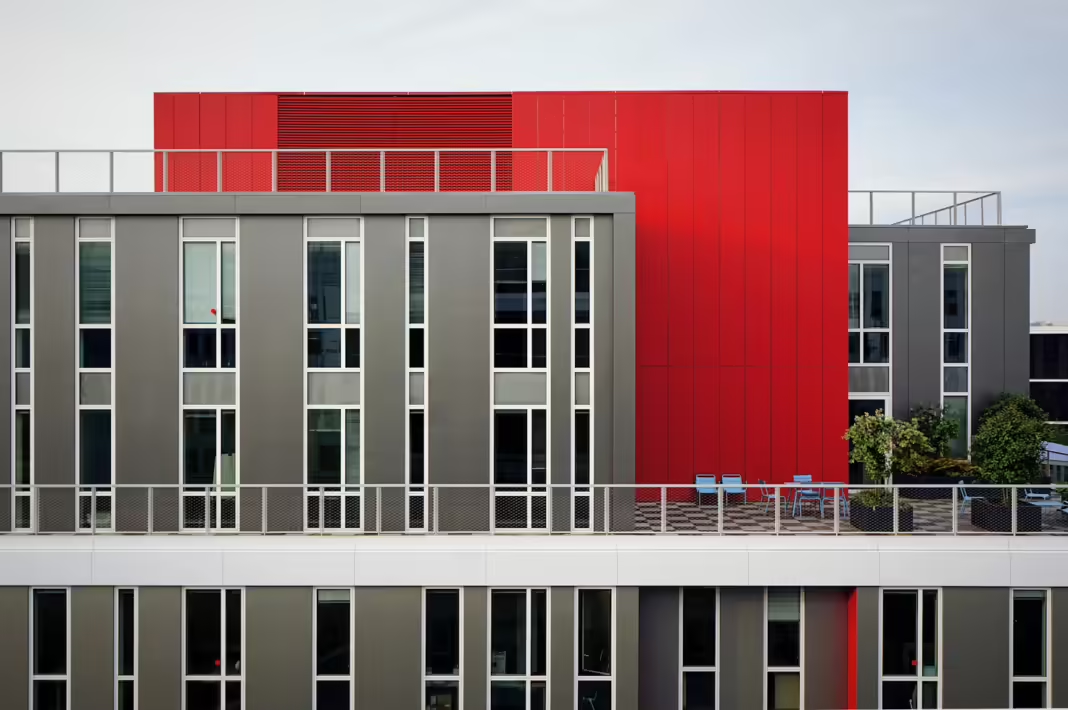Urban Sustainability: The Role of Build-to-Rent Housing in Better Building Practices
As urban populations surge, sustainable housing solutions are becoming increasingly urgent. Among the innovative approaches in response to this challenge is the build-to-rent (BTR) housing. Such homes are properties constructed with the sole purpose of leasing them out.
This model meets a growing demand for flexible living arrangements and urban sustainability goals. As cities worldwide strive to balance growth with environmental stewardship, BTR housing creates promises to meet housing needs and long-term sustainability.
Build-to-Rent Housing Benefits
Build-to-rent homes offer several benefits to communities. One of the most significant is their ability to attract and retain investment. Bloomberg reported over 2.2 million people migrated to the Southeast within the last two years, driving up demand for housing. While investors prefer quick turnaround projects, the shifts in residences create BTR opportunities.
Investors also now recognize that peoples’ preferences are evolving, with more seeking flexible, rent-friendly living arrangements. This shift has led to increased investment in BTR projects. For example, Inland Real Estate Acquisitions in Illinois recently purchased $2 billion in rental assets nationwide. Meanwhile, GPIS Partners LP in New York acquired a Glendale site for a 144-unit development.
A Benefit to the Society and Economy
Moreover, BTR housing generates substantial economic and social benefits. The construction and maintenance of these properties create numerous job opportunities and cycle back into local economies.
BTR developments also cater to tenants’ diverse needs, making living spaces more human-centric. By providing access to amenities like fitness facilities, communal areas and regular building maintenance, BTR properties offer a higher standard of living. This makes them commercially viable and attractive for students and senior citizens.
Additionally, BTR housing addresses the critical issues of housing space and affordability. These developments often target strategic locations in quiet areas or spaces with good transport systems, meeting the needs of different tenant groups. Plus, with the mortgage rate above 7%, BTR houses support those who cannot afford a home.
How Build-to-Rents Fit Into Sustainable Urban Development
BTR housing is pivotal in promoting sustainable urban development. One key contribution is its support for eco-mobility. These projects often incorporate features that promote environmentally friendly transportation options, such as bike storage facilities and electric vehicle charging stations. Therefore, they encourage residents to use sustainable transportation while reducing local emissions.
Additionally, they provide access to green living spaces. BTR projects frequently include well-designed communal gardens, rooftop terraces and nearby parks. These spaces contribute to local biodiversity and benefit tenants’ mental and physical well-being.
Meeting environmental standards is also a fundamental goal for many BTR developments.
These projects often prioritize energy efficiency and renewable systems like solar panels.
Furthermore, BTR houses implement waste separation, making it easier for residents to recycle and reduce waste. As a result, urban communities can minimize environmental footprints and deliver long-term value to everyone involved.
The Advantages of Build-to-Rent for Sustainable Urban Communities
Build-to-rent housing projects offer several sustainable advantages for urban locations.
1. Economic Resilience
BTR projects create stable and continuous income streams for local communities. Traditional housing markets are subject to cyclical fluctuations. However, BTR markets offer more predictable revenue models, with rental demand remaining consistent even during economic downturns.
2. Resource Efficiency
These developments often prioritize resource-saving measures such as regular maintenance and upgrades. These improvements ensure the buildings operate at peak levels, reducing water and electricity waste.
While this focuses on long-term environmental sustainability, it also lowers utility costs for residents. As such, BTR housing makes an attractive choice for modern urban living.
3. Green Building Standards
Green building standards and certifications set a benchmark for sustainable construction, and BTR houses often meet these. They frequently pursue certifications from leading green building programs such as LEED (Leadership in Energy and Environmental Design) and BREEAM (Building Research Establishment Environmental Assessment Method).
Achieving these certifications involves adhering to stringent criteria, encompassing energy efficiency and indoor environmental quality. With build-to-rent developments, companies often incorporate advanced technologies and design strategies to gain these certifications. This may include installing low-flow water fixtures and using eco-friendly construction materials. By prioritizing such standards, BTR housing reduces its carbon footprint.
4. Sustainable Materials and Construction Methods
Innovative construction materials and methods can enhance environmental performance. These projects typically incorporate materials like recycled steel or reclaimed wood, reducing the ecological impact.
Additionally, advanced construction techniques minimize waste and enhance efficiency. For instance, prefabrication and modular building methods allow precise material usage and reduce on-site waste. Above all, they expedite construction processes, lowering power consumption and carbon emissions.
5. Energy Efficiency
Energy efficiency is a key foundation of build-to-rent housing. These developments employ various building practices to reduce electricity use and improve sustainability. One example is cool roofs, which reflect more sunlight and absorb less heat than standard roofs. This technology can lower indoor temperatures, saving 7% to 15% cooling costs.
Additionally, BTR projects often incorporate other eco-friendly practices, such as high-performance insulation, efficient windows and advanced HVAC systems. These elements work together to maintain optimal indoor temperatures with minimal electricity input.
6. Renewable Energy Systems
These types of housing developments increasingly integrate renewable energy to enhance sustainability. Solar panels are one of the more standard solutions in BTR. They provide clean power that can fuel common areas, lighting and individual units, lowering electricity costs and reducing carbon footprints.
In addition to solar power, these rentals could incorporate wind turbines and geothermal systems. Wind turbines can generate power in areas with sufficient wind resources, while geothermal systems provide heating and cooling using stable underground temperatures. These energy systems can offer long-term savings for residents and electricity independence for the properties.
Paving the Way for Sustainable Urban Living
Build-to-rent housing stands at the heart of sustainable urban development, offering various benefits beyond simple housing solutions. By integrating green building practices, BTR developments create more resilient communities. As such, they will be vital in shaping a sustainable future and delivering long-term value.
